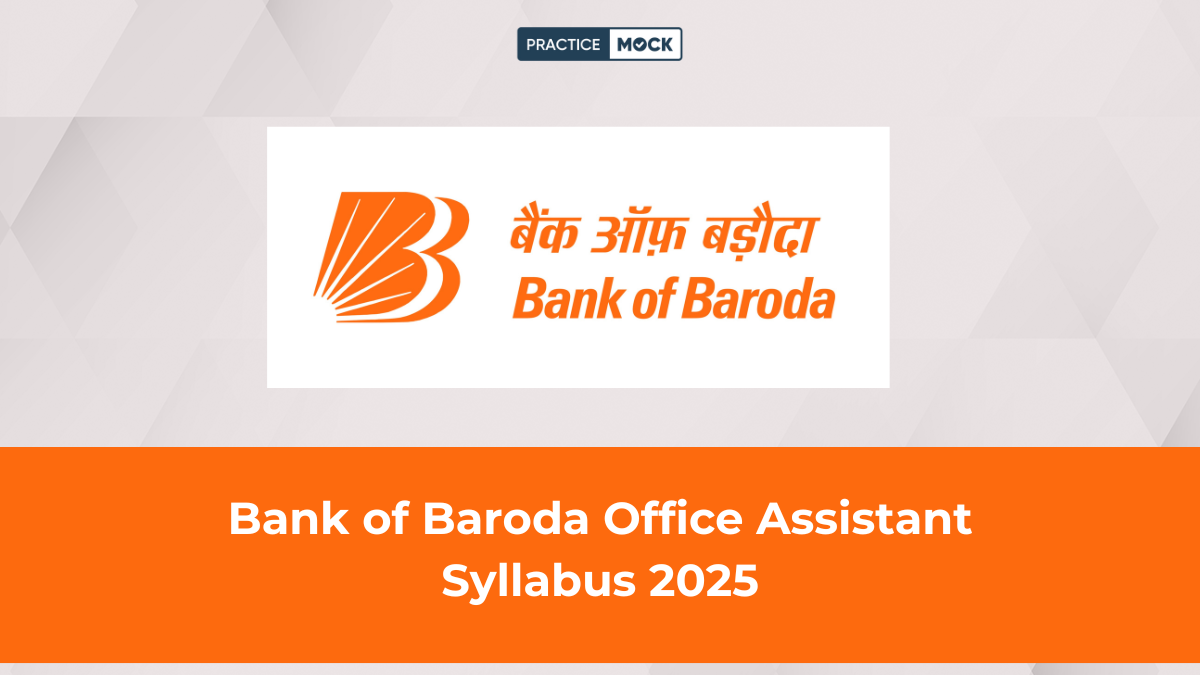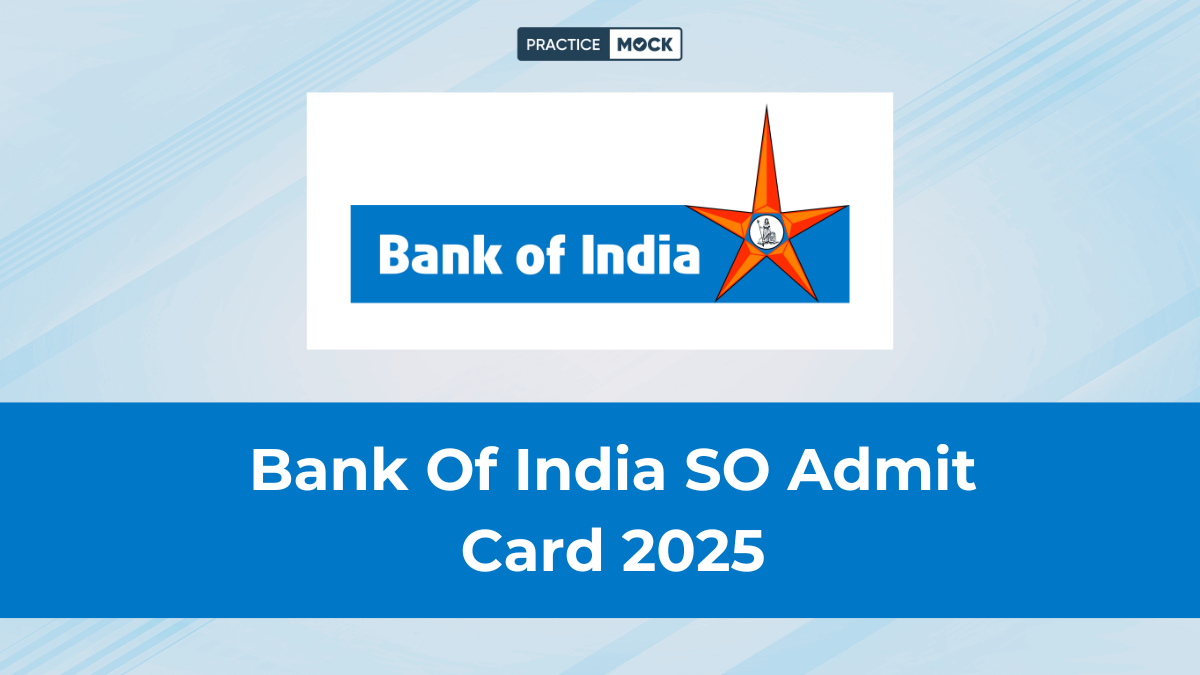Simple and Compound Interest For IBPS RRB Exam, Check Questions


Simple and Compound Interest For IBPS RRB 2024 Exam: Simple and Compound Interest is an easy topic that all candidates must have done in the 5th and 6th class. If the candidates understand it well, then it can be a scoring topic. Interest calculation is a fundamental concept in banking and finance, which is essential for various competitive exams like IBPS RRB 2024. In this article, we are providing an in-depth understanding of simple and compound interest, as well as provide practical questions to help you prepare effectively.
Simple Interest
Definition of Simple Interest- Simple Interest (SI) is interest calculated at a fixed interest rate on the principal amount (initial amount of money) for a fixed period. It is straightforward and does not consider the effect of compounding.
Formula of Simple Interest -:
The formula for calculating simple interest is:

- P = Principal amount
- R= Rate of interest per annum
- T= Time period
Compound Interest
Definition- Compound interest (CI) is interest paid on the initial principal amount plus all interest from previous periods. This is different from simple interest because in this the interest is not added to the principal to arrive at the next period’s interest.
Formula
The formula for calculating compound interest is:
Where,
- A = Amount
- P = Principal
- r = Rate of interest
- n = Number of times interest is compounded per year
- t = Time (in years)
Practical Question For Simple Interest and Compound Interest
Question 1: Vishal deposits Rs. 600000 at ‘2x’% compound interest whereas Raj deposits an amount equal to half of Vishal’s amount at ‘3x’% simple interest. If the sum of their accumulated amounts will become Rs. 1028160 after 2 years, then find the rate of simple interest?
A) 6%
B) 3%
C) 15%
D) 9%
E) None of the above
Question 2: A man deposited Rs. ‘x’ in a scheme which offers compound interest at the rate of 10% per annum. If the amount becomes Rs. 21780 and Rs. 23958 at the end of 2nd year and 3rd year respectively, then find the value of ‘x’.
A) Rs. 18500
B) Rs. 17000
C) Rs. 19000
D) Rs. 20000
E) None of these
Question 3: Devraj invested some amount at the rate of 12% per annum on simple interest for 2 years. If he had invested the same amount in a scheme offering the same interest rate for 2 years but compounded annually, he would have got Rs. 216 more. Find the amount invested by him.
A) Rs. 20000
B) Rs. 15000
C) Rs. 24000
D) Rs. 30000
E) None of these
Question 4: The simple interest earned on an amount of Rs. 2800 at rate of (x + 2)% per annum for 3 years is equal to the simple interest earned on an amount of Rs. 2400 at rate of 7% per annum for 4 years. Find the simple interest earned on Rs. 3200 at rate of 8% per annum after ‘x’ years.
A) Rs. 1280
B) Rs. 1536
C) Rs. 1792
D) Rs. 2048
E) Rs. 2304
Question 5: Amit invested Rs. (x + 200) at simple interest rate of 10% per annum for 3 years in scheme 1, and Rs. (x + 600) at simple interest rate of 8% per annum for 2 years in scheme 2. If he obtained interest of Rs. 272 more in scheme 1 than scheme 2, then find the average of the two given amounts.
A) Rs. 2300
B) Rs. 2400
C) Rs. 2500
D) Rs. 2600
E) Rs. 2800
Question 6: If the difference between simple interest and compound interest on an amount at the rate of 10% per annum for 2 years is Rs. 82, then find the simple interest earned on the same amount for the rate of 8% per annum for 2 years.
A) Rs. 916
B) Rs. 1056
C) Rs. 1215
D) Rs. 1312
E) Rs. 1580
Question 7: Dinesh invested a total sum of Rs. 3200 in scheme A and scheme B in the ratio of 3:x respectively. Scheme A and scheme B is offering a simple interest at the rate of 12% and 8% per annum respectively. If the simple interest earned from scheme A after 10 years is equal to the interest earned from scheme B after 9 years, then find the value of ‘x’.
A) 1
B) 2
C) 3
D) 4
E) 5
Question 8: Mr. Singh invested a certain sum of money in a scheme offering simple interest at the rate of 12% p.a. for two years. Mr. Sharma invested Rs. 3000 more than Mr. Singh’s investment in another scheme offering compound interest at the rate of 12% p.a. for two years. Find the average interest earned by Mr. Singh and Mr. Sharma after two years, if the difference between the interests earned by them is Rs. 936.
A) Rs. 3,836
B) Rs. 3,272
C) Rs. 3,624
D) Rs. 3,348
E) None of these
Question 9: Rajesh had deposited Rs. 190000 at 7% simple interest for ‘x’ years. If it is known that his accumulated amount was Rs. 243200 in ‘x’ years then find ‘x’.
A) 5
B) 7
C) 2
D) 4
E) None of the above
Question 10: Farhan and Amrindar deposit Rs. ‘4x + 300’ at 25% p.a. and Rs. ‘3y + 500’ at 20% p.a., respectively at simple interest. Amrindar deposits the amount after one year of Farhan and after 3 years his interest becomes equivalent to Farhan’s interest. Find x:y.
A) 10:19
B) 7:16
C) 11:23
D) 9:20
E) None of these
Solution 1: D)
Amount deposited by Raj = 600000 / 2 = Rs. 300000
According to the question,
600000 × [1 + (2x/100)]2 + 300000 × [1 + (3x/100) × 2] = 1028160
60 × [100 + 2x]2 + 3000 × [100 + 6x] = 1028160
60 × [10000 + 4x2 + 400x] + 300000 + 18000x = 1028160
600000 + 240x2 + 24000x + 300000 + 18000x = 1028160
240x2 + 42000x – 128160 = 0
x2 + 175x – 534 = 0
On solving, x = 3
So, rate of simple interest = 3x = 9%
Hence, option d.
Solution 2: E)
According to question,
x × (1.1)3 – x × (1.1)2 = 23958 – 21780
1.331x – 1.21x = 2178
0.121x = 2178
x = Rs. 18000
Hence, option e.
Solution 3: B)
Let the principal amount invested be Rs. ‘x’.
According to question,
x × [(1.12)2 – 1] – (x × 12 × 0.02) = 216
0.2544x – 0.24x = 216
0.0144x = 216
x = Rs. 15000
So, the initial amount invested by him = Rs. 15000
Hence, option b.
Solution 4: B)
According to question,
(2800 × (x + 2) × 3)/100 = (2400 × 7 × 4)/100
28 × (x + 2) × 3 = 24 × 7 × 4
(x + 2) = 8
x = 6
Therefore, required simple Interest = (3200 × 8 × 6)/100 = Rs. 1536
Hence, option b.
Solution 5: D)
According to question,
(x + 200) × 10 × 3 – (x + 600) × 8 × 2 = 272 × 100
30x + 6000 – 16x – 9600 = 27200
14x = 27200 + 3600
14x = 30800
x = 30800/14
x = 2200
So, amount invested by Amit are Rs. 2400 and Rs. 2800.
Therefore, required average = (2400 + 2800)/2 = Rs. 2600
Hence, option d.
Solution 6: D)
Let, principal amount be Rs. P.
According to question,
P × [10% + 10% + {(10 × 10)/100}%] – P × 10% × 2 = 82
P [21% – 20%] = 82
P = Rs. 8200
Therefore, required interest = 8200 × 8% × 2 = Rs. 1312
Hence, option d.
Solution 7: E)
Amount invested in scheme A = (3/(3 + x)) × 3200 = Rs.9600/(3 + x)
Amount invested in scheme B = Rs. (x/(3 + x)) × 3200 = Rs. 3200x/(3 + x)
According to question,
[9600/ (3 + x)] × 0.12 × 10 = [3200x/ (3 + x)] × 0.08 × 9
2304x = 11520, x = 5
So, the value of ‘x’ is 5.
Hence, option e.
Solution 8: D)
Let the amount invested by Mr. Singh be Rs. ‘x’
Interest earned by Mr. Singh after two years = (x × 0.12 × 2) = Rs. 0.24x
Amount invested by Mr. Sharma = Rx. (x + 3000)
Interest earned by Mr. Sharma = (x + 3000) × {(1 + 0.12)2 – 1} = (x + 3000) × 0.2544
= Rs. (0.2544x + 763.2)
According to question,
0.2544x + 763.2 – 0.24x = 936
0.0144x = 172.8
x = 12000
So, the interest earned by Mr. Singh = 0.24 × 12000 = Rs. 2,880
Interest earned by Mr. Sharma = 0.2544 × 12000 + 763.2 = 3052.8 + 763.2 = Rs. 3,816
Average interest earned by Mr. Singh and Mr. Sharma = (2880 + 3816) ÷ 2 = Rs. 3,348
Hence, option d.
Solution 9: D)
According to the question,
243200 = 190000 + 190000 × 0.07 × x
243200 = 190000 + 13300 × x
53200 = 13300 × x
x = 4
Hence, option d.
Solution 10: D)
So, {(4x + 300) × 25 × 4}/100 = {(3y + 500) × 20 × 3}/100
4x + 300 = (9y + 1500)/5
20x + 1500 = 9y + 1500
20x = 9y
x : y = 9 : 20
Hence, option d.
Check Related Blogs For IBPS RRB PO 2024
Check Related Blogs For IBPS RRB Clerk 2024
Simple and Compound Interest For IBPS RRB Exam FAQ
Simple Interest is the interest calculated on the principal amount for a certain period at a fixed rate of interest.
Compound Interest is the interest calculated on the initial principal, which also includes all the accumulated interest from previous periods.
The total amount is calculated as: A= P+SI
Recent Posts
SBI CBO Notification 2025 Out For 2694 Posts, Apply Online Starts
The SBI CBO Notification 2025 has been released on their official website. Candidates can check…
Success Story of Arghya Mondal, Cleared IBPS CLERK
In an interview with PracticeMock, Rajdeep Deb shared her journey of clearing the IBPS Clerk…
IBPS PO Previous Year Question Paper, Download Free PDF with Detailed Solution
Here we are providing the IBPS PO Previous Year question papers. Candidates can download a…
SBI CBO Study Plan 2025, Check Preparation Strategy
SBI CBO Study 2025: Make a study plan for SBI CBO and use this plan…
IBPS PO 2025 Notification Release Date, Check Exam Dates
The IBPS PO Notification 2025 will be released soon on their official website. Candidates can…
Success Story of Arghya Mondal, Cleared IBPS CSA, RRB OA, SBI JA
In an interview with PracticeMock, Arghya Mondal. I shared her journey of clearing the IBPS…



